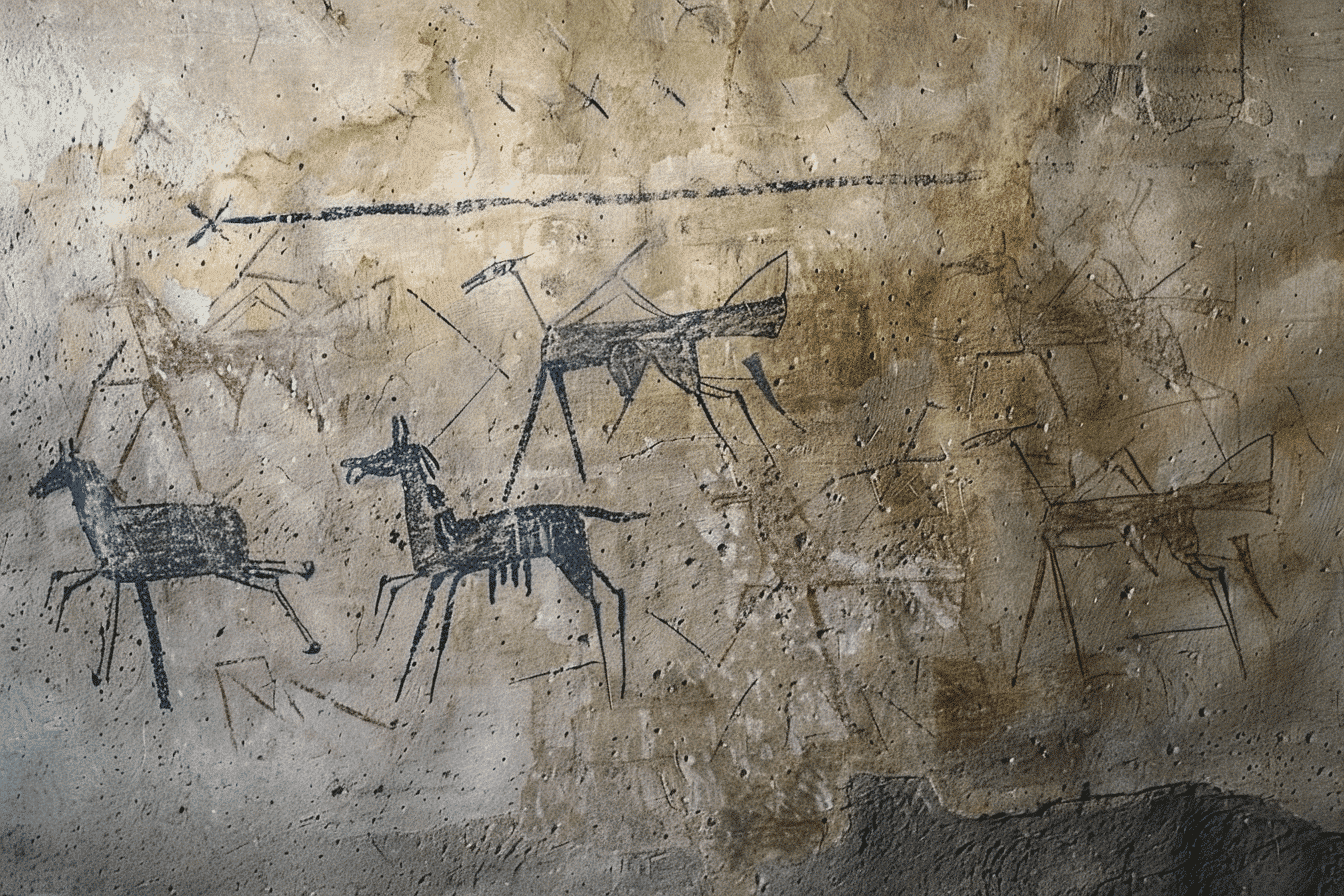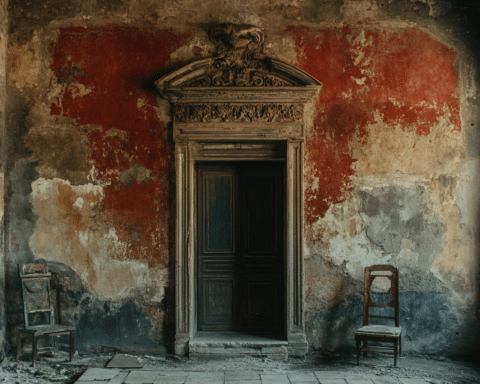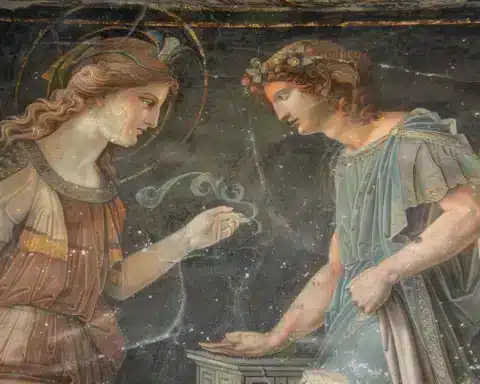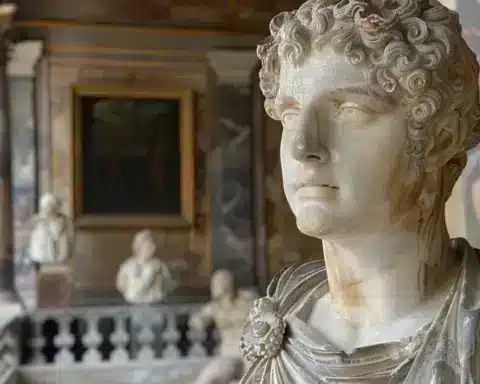The ancient city of Pompeii continues to reveal its secrets, and the latest discovery offers a poignant glimpse into the lives of its youngest inhabitants. Children’s sketches depicting violent gladiatorial combats and wild animal hunts have been uncovered, shedding light on the exposure of extreme violence to children in ancient times.
Discovering the Children’s Art
Archaeologists at Pompeii Archaeological Park uncovered these remarkable drawings in the residential sector of the site. Believed to have been created by children aged five to seven before the catastrophic eruption of Mt. Vesuvius in 79 AD, these sketches were found on the walls of a back room. Superintendent Gabriel Zuchtriegel remarked, “It does not seem to be a problem only today, between video games and social media.”
Depictions of Violence and Play
The drawings are vivid and varied. One scene depicts two gladiators armed with spears confronting what appears to be wild boars while the head of a bird of prey, possibly an eagle, lies nearby. Another shows a boxing match where both participants are depicted lying on the ground in a “knock-out” state. In contrast, more innocent images exist, such as outlined hands made with charcoal and children playing with a ball.
Ancient Children’s Perspective
These drawings provide a unique insight into the world of Pompeian children. Zuchtriegel highlighted, “The bloodshed in the arena was real, and that few saw it as a problem with all the possible repercussions on the psycho-mental development of Pompeian children.” The discovery also includes an older drawing made with red mineral pigment, showcasing a marine scene with ships and fantastical fish.
The Witnesses of Gladiatorial Games
Pompeii’s archaeological team has partnered with the Department of Child Neuropsychiatry at Naples’ Federico II University to study these artworks further. They suggest that the children’s drawings likely stemmed from “direct vision” of the events rather than from pictorial models. “Probably one or more of the children who played in this courtyard had witnessed fights in the amphitheater,” Zuchtriegel explained, emphasizing the impact of such violence on their imaginations.
Uncovering More Secrets
In addition to the children’s drawings, archaeologists found the petrified remains of a man and a woman, likely victims of the volcanic eruption, near a home undergoing renovation. Another intriguing find was a painting of a small child surrounded by grapes, pomegranates, and a tiny dog, possibly a homage to a deceased child.
Preserving Pompeii’s Legacy
The ongoing excavations are part of a broader effort to preserve the ancient city of Pompeii, which has suffered from years of neglect. Previous discoveries include a prison bakery and a lavish dining room adorned with mythological figures, showcasing the richness of Pompeii’s cultural and historical heritage.
Visitors now have the chance to view these poignant drawings from suspended walkways above the excavation site. Pompeii offers a window into the lives of its ancient inhabitants, reminding us of the timeless human experiences shared across millennia.



